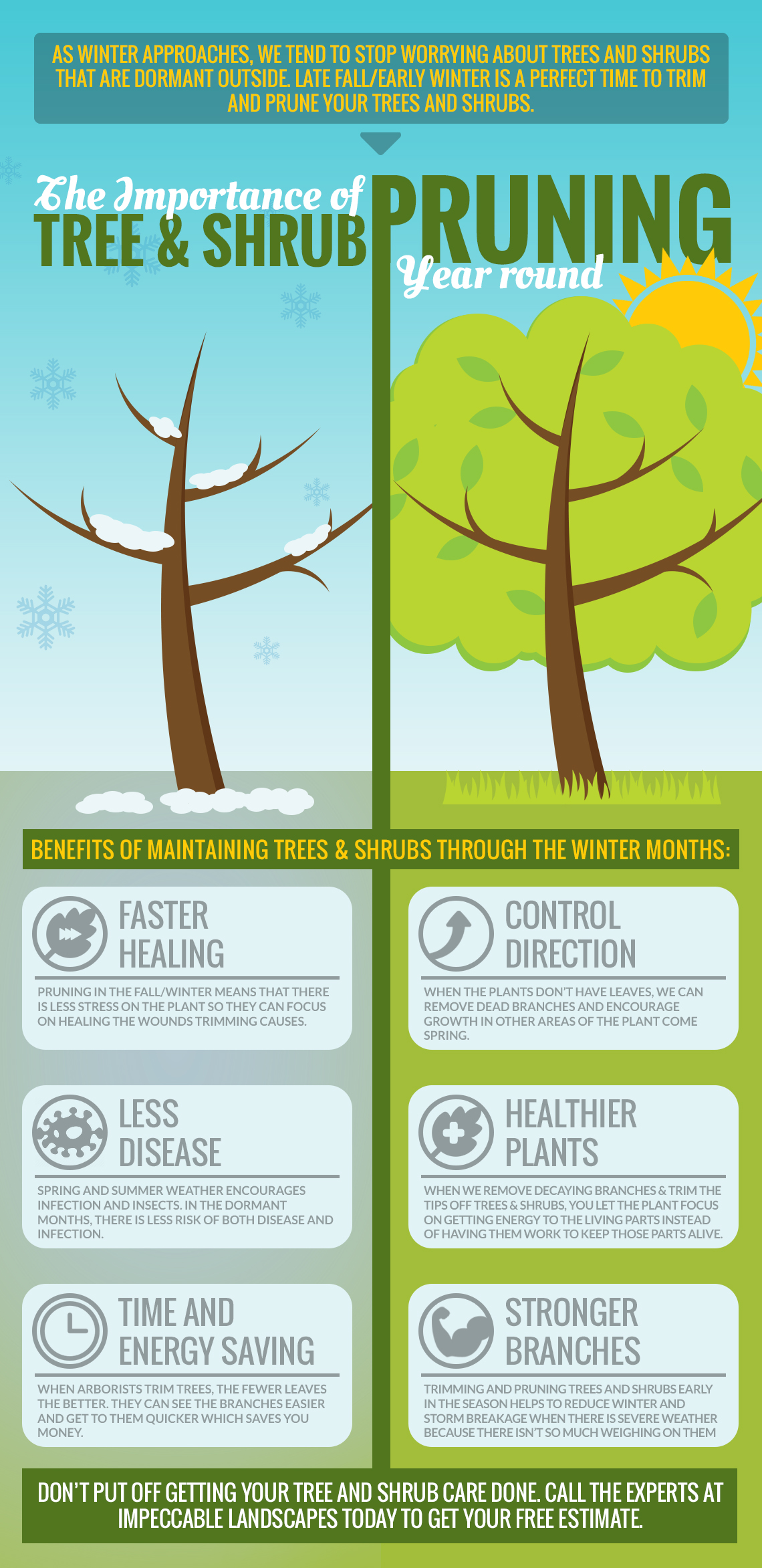Tree Treatment Throughout The Seasons: Best Practices For Managing Trees Before And Complying With Removal
Tree Treatment Throughout The Seasons: Best Practices For Managing Trees Before And Complying With Removal
Blog Article
Article By-
When it involves seasonal tree treatment, guaranteeing proper administration prior to and after elimination can dramatically affect the health and wellness and looks of your landscape. By recognizing the needed actions associated with analyzing tree wellness and preparing for elimination, you can proactively safeguard your home. But what regarding the essential methods to adhere to when the tree is gone? Stay tuned to discover the necessary post-removal treatment measures that will assist you cultivate a thriving and sustainable setting for your trees.
Pre-Removal Tree Care
Prior to dealing with the removal of a tree, it's crucial to prioritize pre-removal tree care. Begin by evaluating the tree's health and architectural integrity. Seek indications of illness, parasite problems, or any type of architectural problems that may pose a safety and security risk during removal. It's necessary to speak with a qualified arborist to determine the best course of action.
Pruning dead or diseased branches can protect against further damage to the tree and ensure a smoother removal process.
Additionally, take into consideration the ecological effect of removing the tree. matinence play an essential role in our ecological community, so growing a brand-new tree in a suitable area can aid offset any type of loss. Make sure that you have the needed authorizations and consents for tree elimination, particularly if the tree is safeguarded by local laws.
Seasonal Maintenance Tips
Assessing your tree's requirements throughout the year is crucial for its health and wellness and long life. To keep your trees in top condition, comply with these seasonal maintenance pointers.
In springtime, focus on pruning to eliminate dead or broken branches and urge brand-new growth.
Summertime requires normal watering, specifically throughout droughts, to ensure your tree remains hydrated.
As loss methods, keep an eye out for very early indicators of condition or stress and anxiety, and think about using mulch to safeguard the roots throughout winter months.
In wintertime, be cautious when removing snow from branches to stop breakage, and remain to monitor your tree's overall wellness.
Keep in mind to readjust your treatment routine based upon the specific needs of your tree varieties and neighborhood environment. By remaining attentive and proactive throughout the seasons, you can assist your trees thrive and grow for years ahead.
Post-Removal Tree Care
To ensure the health of your landscape even after tree removal, proper post-removal care is essential. After a tree is removed, it's essential to fill the staying opening with topsoil and small it to avoid settling. This will help maintain the integrity of the ground and avoid prospective risks in the future.
Think about planting new vegetation instead of the gotten rid of tree to recover the balance and looks of your landscape. Routinely water the location to advertise the growth of new plants and stop soil erosion.
Evaluate Suggested Internet site bordering trees for any signs of condition or stress and anxiety that may have been triggered by the removed tree. Keep an eye out for pests that could've been brought in to the previous tree and take safety nets to protect the continuing to be plant life.
If necessary, speak with a professional arborist to examine the impact of the removal on the surrounding trees and determine any type of added treatment required. By complying with these post-removal care steps, you can make certain the continued health and elegance of your landscape.
Verdict
Finally, aggressive seasonal tree care is important for keeping the wellness and balance of your landscape. By evaluating tree health, pruning, and consulting with an arborist before elimination, you can make sure a risk-free procedure. After elimination, filling up the hole, growing new vegetation, and routine watering will certainly promote new growth and prevent erosion. Bear in mind to inspect bordering trees for disease and seek additional care steps from an arborist to keep your landscape growing.
